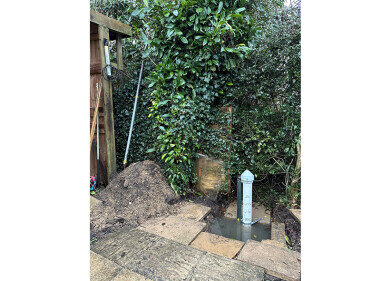Water/Wastewater
PEFTEC Seminar - "Study of Water Salinity Reduction using Phytoremediation Method by Three Plant Species"
Sep 09 2015
Professor Hossein Ganjidoust presents "Study of Water Salinity Reduction using Phytoremediation Method by Three Plant Species"
Treatment and reuse of water in wetlands are considered as an alternative, cost-effective, economical and environment-friendly method. In the most cases, salinity degree of purified water is increased especially in arid and semiarid regions. Using phyto remediation method can help to solve the said problem to a great extent.
In this study, tests with different salinity densities were conducted on three species of saline plants Frankenia Thymifolia, Atriplex CinereaCinerea, Festuca Ovina within 60 days in order to assess ability of reducing water salinity. Then, trend of electrical conductivity reduction, percentage of salinity removal and behavior of plants in different salinity levels were analysed statistically. The trend of electrical conductivity reduction was reduced in each three species of plant with the increased salinity level, so that maximum rate of salt intake for Frankenia Thymifolia in electrical conductivity stood at 4500 µs/cm (approx. 20%), for Festuca Ovina in electrical conductivity at 2600 µs/cm (approx. 17 %) and for Atriplex Cinerea Cinerea plant in electrical conductivity at 5000 µs/cm (approx. 14 %).
Of course, reducing ability of salt absorption in each species of the plant had its own specific reason. For example, Atriplex Cinerea plant faced fadedness and reduced performance due to the less compatibility with the water-logging environment. Festuca Ovina plant faced paleness and reduced performance due to the outbreak of salinity stress. In addition, Frankenia Thymifolia plant faced paleness and reduced performance due to the completion of capacity of salt accumulation in its tissues.
Accordingly, Atriplex Cinerea plant showed maximum rate of reduced salinity than the other two species of the plants in interval of increased salinity. In the same direction, Frankeni Thymifolia plant showed maximum rate of reduced salinity in efficiency of reduced salinity after stoppage of increased load of salinity due to the more durability of this plant in this efficiency period.
This talk will take place Thursday 19th November, 4-4.30pm, Room 5.
Digital Edition
IET 34.2 March 2024
April 2024
Gas Detection - Biogas batch fermentation system for laboratory use with automatic gas analysis in real time Water/Wastewater - Upcycling sensors for sustainable nature management - Prist...
View all digital editions
Events
Apr 30 2024 Melbourne, Australia
Apr 30 2024 Birmingham, UK
May 03 2024 Seoul, South Korea
May 05 2024 Seville, Spain
May 06 2024 Minneapolis, MN, USA


















